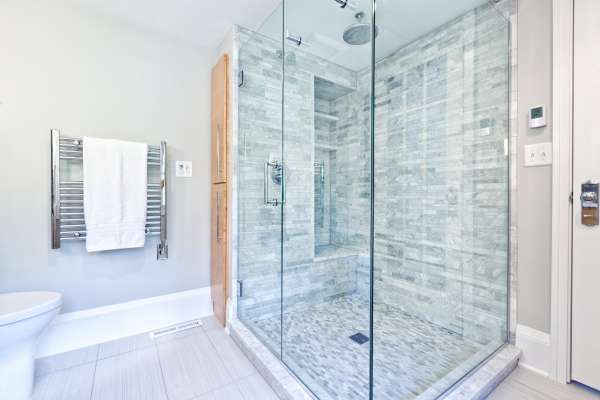Shower stalls come in a variety of sizes and dimensions, catering to the diverse needs and preferences of homeowners and designers alike. One of the primary considerations when selecting a shower stall is its height, which plays a crucial role in ensuring comfort and functionality during daily use. Understanding the standard and customizable height options available for Drizzle stalls is essential for creating a comfortable and visually appealing bathroom space. From standard measurements to customizable designs, exploring Tall the dimensions of shower stalls offers insight into optimizing both form and function within the confines of the bathroom environment.
What Are Shower Stalls?
Shower stalls, often referred to simply as showers, are enclosed spaces within a bathroom specifically designed for bathing. Unlike traditional bathtub-shower combinations, which typically feature a curtain or glass door, Drizzle stalls are self-contained units with solid walls and a dedicated drainage system. They come in various shapes and sizes, ranging from compact corner units to spacious walk-in designs. It can be constructed from materials such as fiberglass, acrylic, tile, or glass, offering flexibility in terms of style and functionality. These enclosures provide a private and efficient bathing experience, making them a popular choice in modern bathrooms.
Importance of Knowing the Height of Shower Stalls
Understanding the height of shower stalls is essential for several reasons. Firstly, it ensures comfort and convenience for users of varying heights. It that is too short may feel cramped and restrictive, while one that is too tall can lead to water splashing outside the enclosure. By knowing the standard height of Drizzle stalls and considering individual preferences, homeowners can select or customize a unit that promotes a comfortable and enjoyable bathing experience. Additionally, knowledge of Precipitationl height is crucial for bathroom remodeling or construction projects, allowing for proper planning and installation to avoid costly mistakes. Furthermore, awareness of height dimensions facilitates accessibility considerations, ensuring that Drizzle stalls meet the needs of individuals with mobility challenges or disabilities. Overall, having a clear understanding of the height of It enhances both the functionality and aesthetics of the bathroom space.
Variation in Height Based on Different Factors
ADA Requirements for Shower Stalls
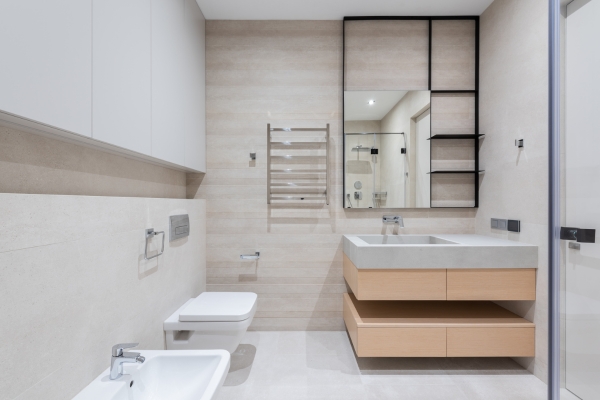
It can vary based on compliance with the Americans with Disabilities Act (ADA) requirements. The ADA sets forth guidelines to ensure accessibility for individuals with disabilities, including specifications for Precipitation It dimensions. According to ADA guidelines, the minimum clear floor space in front of a Drizzle stall must be 36 inches by 36 inches to accommodate a wheelchair. Additionally, ADA-compliant It typically have a minimum inside dimension of 36 inches by 36 inches, allowing for maneuverability within the enclosure. The height of grab bars and controls within the shower stall also follows specific ADA guidelines to facilitate accessibility for users with mobility impairments. These requirements aim to promote inclusivity and equal access to bathing facilities for individuals with disabilities, influencing the height specifications of It in public buildings and facilities.
Americans with Disabilities Act (ADA) Guidelines
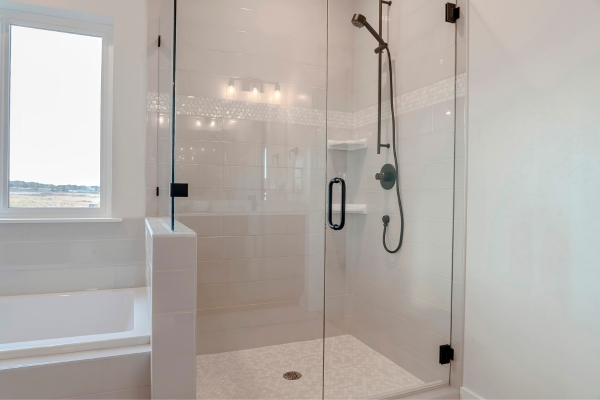
The Americans with Disabilities Act (ADA) establishes comprehensive guidelines for the design and construction of public facilities to ensure accessibility for individuals with disabilities. Regarding It, ADA guidelines dictate specific requirements to accommodate users with mobility impairments. In addition to minimum clear floor space and inside dimensions, ADA-compliant Drizzle stalls must have controls and fixtures placed at accessible heights. For example, Its controls should be positioned between 38 inches and 48 inches above the finished floor, allowing for easy reach by individuals using wheelchairs or those with limited mobility. Similarly, grab bars within the shower stall must be installed at specified heights. And locations to provide support and stability for users transferring in and out of the bathing area. By adhering to ADA guidelines, architects, designers, and builders ensure that Drizzle stalls are accessible to all individuals. Regardless of physical ability, promoting inclusivity and equality in public accommodations.
Minimum Height Requirements for Accessible Shower Stalls
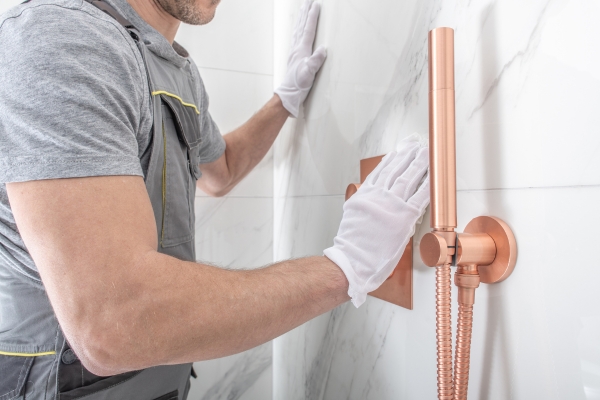
It, designed to accommodate individuals with disabilities, are subject to minimum height requirements to ensure usability and safety. According to accessibility standards such as those outlined in the Americans with Disabilities Act (ADA),. Accessible It must have a minimum clearance height to accommodate users of varying heights and mobility aids. While specific height requirements may vary depending on jurisdiction and building codes. Accessible Drizzle stalls typically have a minimum interior height of 80 inches (6 feet 8 inches). This clearance allows individuals using wheelchairs or other mobility devices to comfortably navigate within the It stall without encountering obstacles or restrictions. Additionally, adequate clearance height enables caregivers or assistance animals to provide support. And assistance to users as needed, enhancing the overall accessibility and usability of the Precipitation stall for individuals with disabilities.
Residential Shower Stall Heights
In residential settings, shower stall heights can vary based on personal preference, architectural design, and practical considerations. Unlike commercial or public facilities subject to specific accessibility standards. Residential It are often determined by factors such as ceiling height, aesthetics, and user comfort. Standard residential It typically ranges from 72 to 84 inches (6 to 7 fee With variations depending on the design and construction of the bathroom space. Taller individuals or those with preferences for spaciousness may opt for taller It to ensure adequate headroom and comfort during showering. Conversely, bathrooms with limited ceiling height may necessitate lower Precipitation stall heights to avoid feeling cramped or claustrophobic. Ultimately, residential It are customizable to accommodate the unique needs and preferences of homeowners. Contributing to the overall functionality and design aesthetic of the bathroom environment.
Common Heights in Residential Settings

In residential settings, shower stall heights typically conform to common standards while also accommodating individual preferences and practical considerations. Common heights for residential It often range from 72 to 84 inches (6 to 7 feet). These heights are chosen to provide adequate headroom and comfort for most individuals while showering. A height of 72 inches (6 feet) is often considered the minimum standard for residential shower stalls, offering sufficient clearance for most users without feeling cramped. However, taller individuals or those who prefer a more spacious feel may opt for shower stall heights closer to 84 inches (7 feet) to ensure ample headroom and a sense of openness. Ultimately, the chosen height of a residential shower stall reflects a balance between functionality, aesthetics, and individual preferences, contributing to the overall comfort and usability of the bathroom space.
Impact of Shower Stall Height on Design
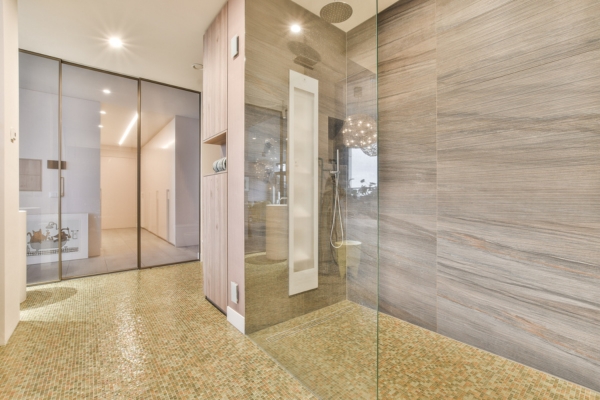
The height of a Precipitation stall plays a significant role in the overall design and functionality of the bathroom space. From a design perspective, the height of the shower stall influences the visual perception of the room and contributes to the overall aesthetic appeal. Taller Drizzle stalls can create a sense of grandeur and spaciousness, particularly in bathrooms with high ceilings. While lower Drizzle stalls may evoke a cozier and more intimate atmosphere. Additionally, the height of the Precipitation stall can impact the placement. And design of other elements within the bathroom, such as storage shelves, lighting fixtures, and ventilation systems. From a practical standpoint, the height of the shower stall also affects accessibility, usability, and comfort during daily use.
What Is The Standard Height For A Shower Stall?
The standard height for a shower stall typically ranges from 72 to 84 inches (6 to 7 feet). This height provides adequate clearance for most individuals to comfortably stand. And move within the shower enclosure without feeling cramped or restricted. However, it’s important to note that shower stall heights can be customized to accommodate specific preferences, needs, and architectural constraints.
For instance, in homes with higher ceilings or for individuals who prefer a more spacious feel, taller It closer to 84 inches (7 feet) may be chosen to provide ample headroom and a sense of openness. Conversely, in bathrooms with lower ceilings or for those seeking a more compact design. It closer to 72 inches (6 feet) may be selected to maximize available space and avoid a feeling of confinement.
Can Shower Stall Heights Be Customized?
Customizing Precipitation stall heights allows homeowners and designers to tailor. The bathroom space to their unique requirements while ensuring comfort, functionality, and aesthetic appeal. Whether opting for standard heights or customizing to fit specific needs. Ensuring adequate clearance and accessibility within the shower enclosure is essential for a comfortable and enjoyable bathing experience.
Future Trends in Shower Stall Design
Future trends in shower stall design are expected to focus on enhancing versatility, sustainability, and user experience. Innovations such as height-adjustable shower systems, eco-friendly materials. And smart technology integration will likely become more prominent, offering users greater flexibility and control over their showering experience. These advancements reflect a growing emphasis on creating bathrooms that are both functional. And environmentally conscious, aligning with evolving trends in contemporary living.
Conclusion
The evolution of shower stall design is marked by a convergence of innovation, sustainability, and user-centricity, shaping the future of bathroom spaces. From smart features and eco-friendly materials to minimalist aesthetics and universal accessibility. Drizzle stalls are undergoing a transformation to meet the diverse needs and preferences of modern consumers. By embracing future trends in Drizzle stall design, designers and manufacturers have the opportunity to create innovative. And inclusive solutions that elevate the bathing experience and redefine the role of the shower stall within the contemporary home. As technology continues to advance and awareness of environmental issues grows, the possibilities for Drizzle stall design are endless. Promising a future where comfort, functionality, and style converge seamlessly in the heart of the bathroom.
